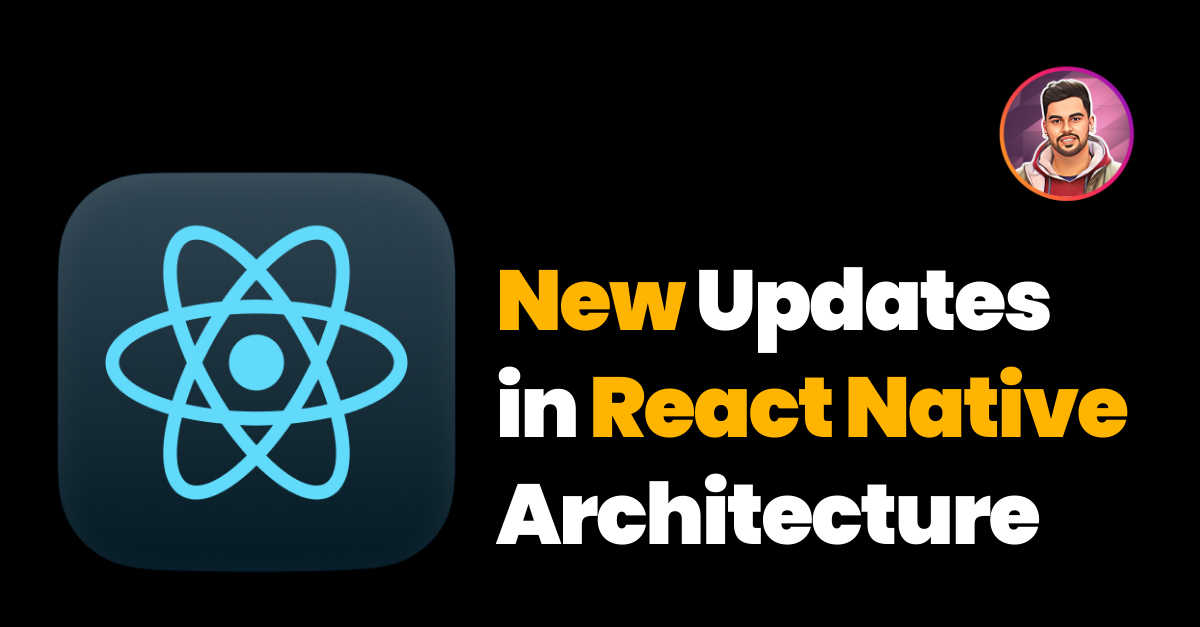
React Native, one of the most popular frameworks for building cross-platform mobile applications, has taken a significant leap forward with its new architectural updates. These advancements not only enhance the framework’s performance but also make it more developer-friendly and future-proof. Here’s a detailed look at the updates and what they mean for developers.
Why React Native Matters
React Native bridges the gap between native app development and web technologies. It allows developers to write code once using JavaScript and deploy it across iOS and Android platforms. This efficiency has made it the go-to framework for companies aiming to save time and resources while delivering a seamless user experience.
Key Updates in React Native Architecture
1. Introduction of Fabric
Fabric is the new rendering system for React Native. It replaces the traditional rendering system to provide:
- Synchronous rendering: Boosting the speed of UI updates.
- Improved thread management: Seamless communication between the JavaScript and native threads.
- Better extensibility: Simplifying the integration of native components into React Native apps.
Fabric’s approach aligns React Native closer to the native rendering processes, ensuring faster performance and enhanced UI responsiveness.
2. TurboModules
TurboModules redefine how native modules interact with JavaScript. Here’s why this update is exciting:
- On-demand loading: Modules are loaded only when needed, reducing app startup time.
- Improved performance: By optimizing the bridge, TurboModules minimize the communication lag between JavaScript and native code.
- Backward compatibility: Existing native modules will continue to function while developers transition to TurboModules.
This update is particularly beneficial for large-scale apps that rely on numerous modules, as it streamlines memory usage and speeds up operations.
3. Codegen for Type Safety
Codegen is an automated tool that generates code for native modules and components. Its benefits include:
- Enhanced type safety: Preventing common runtime errors by validating types during the build process.
- Consistent APIs: Ensuring seamless communication between JavaScript and native modules.
- Reduced boilerplate: Developers can focus on building features rather than writing repetitive code.
This update is a game-changer for maintaining code quality and improving productivity in complex projects.
4. Hermes Engine Integration
Hermes, Facebook’s JavaScript engine, is now an integral part of React Native. It brings:
- Faster app launch times: Optimized for mobile performance.
- Reduced memory usage: Especially beneficial for apps targeting low-end devices.
- Advanced debugging tools: Enhanced error tracking and profiling capabilities.
The inclusion of Hermes makes React Native apps more efficient, even on devices with limited resources.
How These Updates Benefit Developers
- Enhanced Performance: Fabric and TurboModules significantly improve app speed and responsiveness.
- Scalability: The new architecture simplifies managing large projects with multiple native integrations.
- Future-proofing: With Codegen and Hermes, developers are better equipped to build apps that meet modern standards and future demands.
- Better Collaboration: Type-safe APIs and modular architecture encourage more effective teamwork.
Getting Started with the New Architecture
To adopt these updates:
- Upgrade React Native: Ensure you’re using the latest version of React Native.
- Enable New Features: Follow the official React Native documentation to enable Fabric, TurboModules, and Hermes.
- Test Thoroughly: Conduct extensive testing to ensure compatibility with your existing codebase.
Conclusion
The new architectural updates in React Native represent a bold step toward bridging the gap between native performance and cross-platform convenience. These advancements empower developers to build faster, more reliable, and scalable applications while maintaining code simplicity.
Whether you’re a seasoned React Native developer or just starting, embracing these updates will elevate your app development process to the next level.
Comments are closed